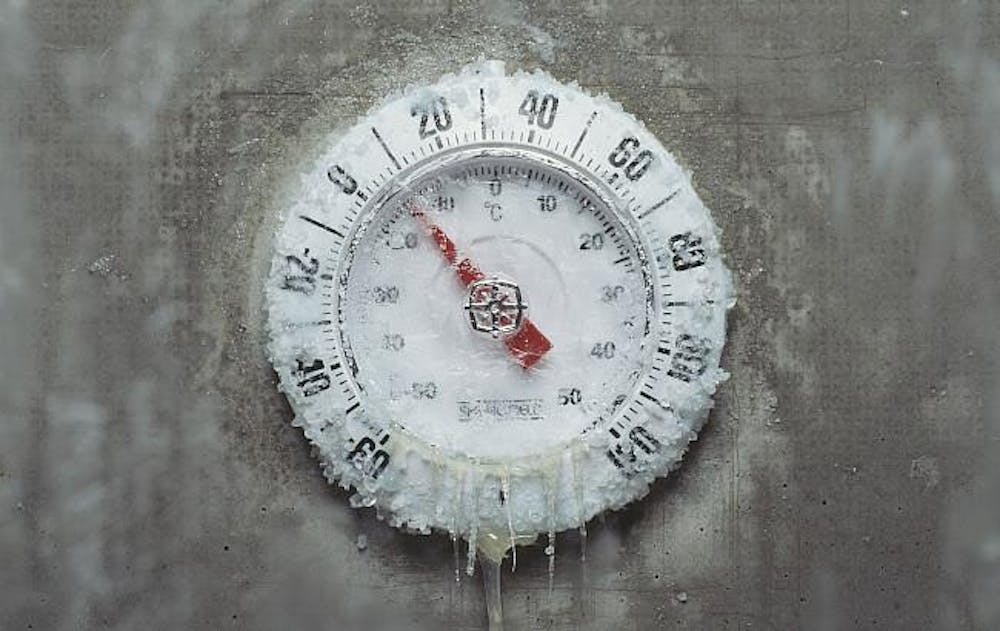The U.S. Department of Defense awarded Associate Professor Blair Johnson $945,000 to install an extreme environmental chamber to study the effects of cold weather on human physiology.
The program funding the chamber is called the Defense University Research Instrumentation Program, which according to the Office of Naval Research, supports university research infrastructure essential to high-quality Navy relevant research.
“The Department of Defense has an emerging interest in stationing personnel in the article circle due to the melting of polar ice caps that is creating new trade routes and access to resources,” Johnson said. “Temperatures in the artic circle can still reach negative 40 to negative 60 degrees Fahrenheit.”
Johnson said the Department of Defense needs to know how frigid cold temperatures influence human physiology and human interactions with machines.
According to the press release, the school's current environmental chamber only reaches temperatures of 4 degrees Celsius, which does not accurately reflect the climate of the Arctic, where temperatures drop as low as minus-40 to minus-60 degrees Celsius.
The new chamber will have the ability to reach -40 degrees Celsius.
Johnson said interested students will be able to learn how the human body reacts to cold exposure, both acutely, and after chronic exposure.
“For instance, how the body defends core body temperature during cold stress, what happens when these defense mechanisms can no longer maintain core body temperature and how to improve human health and safety in extremely cold environments,” Johnson said.
Johnson and associate professor Zachary Schlader will seek to better understand the factors that contribute to frostbite and cold weather injuries, the press release said.
Johnson and Schlader plan to have two sections of the chamber — one for extreme cold and one for extreme heat — each measuring about 25 by 25 feet and 14 feet high, the press release said.
"The other side will be able to reach 50 degrees Celsius, so it can get very hot as well—although there are other chambers in the U.S. that can reach that level," Johnson said in a press release. "The cold side will be groundbreaking in not just temperature capabilities but the size."
This is the second research project the office of naval research has funded for Johnson and his team. In November 2022, Johnson received funding for a water immersion tank.
“We have been using the water immersion tank to investigate whether a drug can improve thermal resiliency to a progressive cold-water challenge,” Johnson said. “Data collection for that project is ongoing and it is funded by the Office of Naval Research.”
Johnson said his team is also using the tank for another study to determine how blood flow is regulated during water immersion and whether inhaled gas mixtures that divers often breathe impacts the regulation of blood flow. Data for the study is ongoing.
According to the press release, the environmental chamber's construction is aiming to be finished by the end of September 2024.




